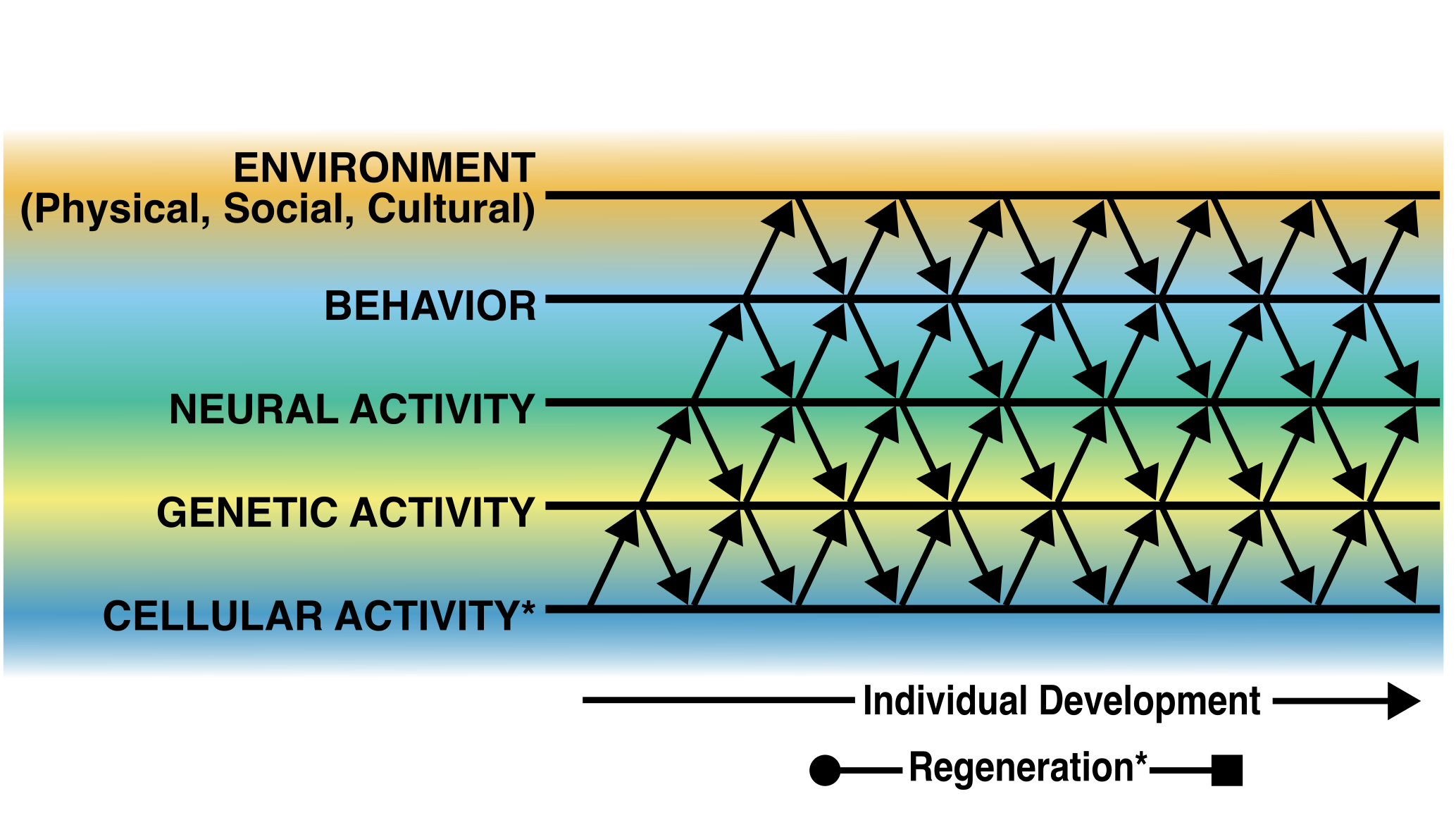Research
The REPAIR Lab is pioneering an integrative approach to nerve regeneration where behavior, neuroplasticity, cells, genes, and the environment all play an active role.
Welcome to the The REPAIR Lab! Our focus is to REstore damaged nerve Pathways through Adaptive Integration and tissue Regeneration.
When your skin, heart, brain, or other organs are damaged, they lose connection with the nervous system. Most mammals cannot fully restore these connections, leading to pain, numbness, and poor functioning of the affected organs.
In the REPAIR Lab, we are determined to understand the cellular, molecular, and behavioral determinants that enable (or limit) functional scar-free tissue regeneration, and how these insights can be harnessed to reprogram healing and recovery after injury in humans.
Long-term goal: Develop methods that enable fully integrated and functional scar-free healing, helping to advance regenerative medicine for better patient outcomes
Short-term goals: Establish a basic understanding of the relationship between regenerated nerve tissue and brain plasticity, and inspire the next generation of scientific thinkers
Most of our research follows a dynamic systems perspective that tissue regeneration is an emergent property of the coaction between cellular activity, gene activity, neural activity, behavior, and the environment. We work to understand this dynamic system, see below:

This diagram, originally developed by Gilbert Gottlieb and termed as Probabilistic Epigenesis, shows five biological levels that continually interact across individual development to form a biological phenotype. These levels (Environment, Behavior, Neural Activity, Genetic Activity, and Cellular Activity) also operate across tissue regeneration. This is because tissue regeneration invovles the re-initiation of development. You can read more about this framework of Probabilistic Regenesis in our recent publications (1 and 2).









